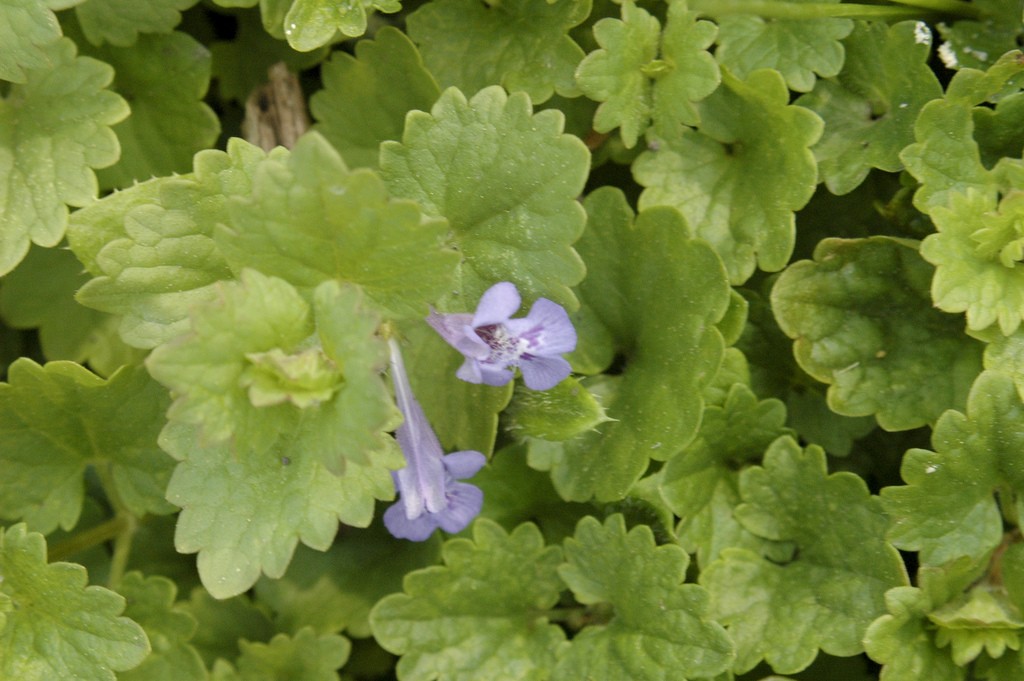James Wolfin and Sam Bauer, University Of Minnesota, Extension
The turf lawn accounts for nearly 2 percent of the continental United States land cover, according to James Wolfin, graduate research assistant at the U of M, and has become engrained in the architecture of many United States neighborhoods and landscapes. As urban and suburban areas continue to expand, we can expect this number to increase as many yards, storefronts and commercial buildings are installed to accompany properties.
While the planting of turf lawns alongside most properties is a standard practice, the management practices and personal perceptions of those managing lawns are variable. Lawns differ in the level of input that is imparted by the landowner. Input generally refers to the effort that is directed toward maintaining the aesthetics of the lawn, normally in the form of mowing, watering, weeding, and fertilizing. While each of these practices are generally required to ensure proper turf health, how frequently inputs are applied can vary greatly. Practicing responsible lawn maintenance practices may be obvious in certain situations. For example, mowing too frequently can be hazardous due to the fossil fuel emissions let off from a motorized lawn mower and excessive watering or fertilizing can cause harm in the form of runoff, leading to algal blooms in bodies of water. What may be less obvious are the impacts of weed management practices. Many land managers differ in the way they perceive weeds, which can have a great impact on the biodiversity that is supported by a lawn.
A weed is generally considered a plant that is undesirable in a lawn for any reason, often due to aesthetics. Many land managers place a premium on maintaining a uniform, green turf, and believe weeds are a disruption or a nuisance. What may go unnoticed, however, is the benefit that weedy flowers can have in terms of supporting biodiversity, especially for pollinators. Weedy flowers often produce nectar and pollen, which are collected by pollinators, including honey bees and wild (native) bees. These floral rewards are essential to the diet of bees, as nectar serves as the main source of carbohydrates in a bee’s diet, while pollen serves as the main source of protein. While it is impossible to discuss every weedy flower that may exist in a lawn, specific flowers that are popular in lawns or are especially beneficial to pollinators are important to consider.
White clover (Trifolium repens) is one of the most common lawn weeds that land managers may encounter. White clover is often indicative of soils that have low fertility or a situation where lawns are mowed to a very low height. This plant spreads through a stoloniferous growth habit, where lateral stems grow at or just above the soil surface. White clover is easily recognizable due to its distinctive leaves, which appear in the form of a three-leaf trifoliate. Once established in a lawn, white clover will bloom from mid-spring through the fall, generally peaking in May and June. The blooms of white clover appear in the form of a white flower head that is attractive to a great diversity of bees. The medium sized blooms provide an adequate landing pad for larger bees, including bumble bees and honey bees, but are also visited by smaller bees. White clover is a significant source of both nectar and pollen for bees, making it a great addition to a home lawn or garden in terms of supporting biodiversity. White clover can also benefit overall lawn health due to its ability to fix and add nitrogen to the soil, supporting healthy plant growth. White clover will bloom at low heights, which will allow a landowner to maintain a normal lawn height (~3.0″) while still supporting bees.
Self-heal (Prunella vulgaris) is a forb from the mint family, Lamiaceae, that receives its name from its history in folk medicine. A sub-species of this flower, Prunella vulgaris ssp. Lanceolata, is native to Minnesota, making self-heal a useful addition for landowners that want to attract native pollinators. This flower will grow in home lawns, especially moist areas that receive partial shade. The central stem of a self-heal flower is distinctive due to its spiked, hairy vegetation that stands upright. The striking flowers have a violet color and a whorled bloom, giving a tubular shape to the flower. The tubular shape of self-heal flowers make the nectaries difficult to reach for short-tongued bees. As a result, self-heal is most frequently visited by long tongued bees, like bumble bees and honey bees (tongue size is strongly correlated with body size). Self-heal is able to withstand regular mowing, blooming at heights as low as two inches.
A few others to mention are: Creeping thyme (Thymus serpyllum) is another flower from the mint family (Lamiaceae) that is most commonly found in sandy soil areas but has the ability to establish in a variety of habitats. Creeping thyme grows by spreading lateral stems in the form of above ground stems (stolons) or below ground stems (rhizomes). Closely related to the culinary species of thyme, Thymus vulgaris, this species also retains a strong, herbal scent.
Dandelion (Taraxacum officinale) is a common perennial lawn weed not only throughout the Unites States, where it is present in every state, but globally. Dandelion is native to Europe and Asia but is now present on all continents except Antarctica. This herbaceous forb is able to establish in a wide variety of conditions and will bloom in full sun, part sun, or full shade.
Creeping Charlie (Glechoma hederacea, aka ground ivy) is an aggressive lawn weed species that is found in every state in the United States, except for certain parts of the Southwest (NV, AZ, NM). This plant is considered an invasive species in some habitats, and tends to thrive in disturbed sites that are shady and poorly drained. For more information on gardening, you can reach me at s.dejaeghere@me.com









